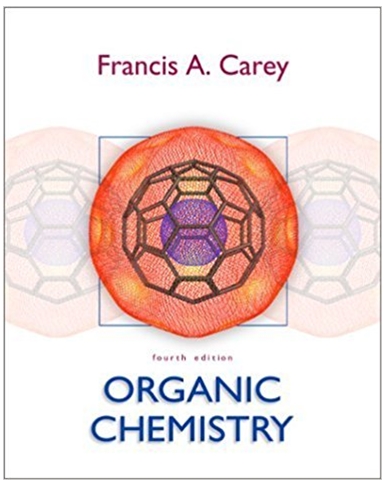Compound A (C6H14) gives three different monochlorides on photochemical chlorination. One of these monochlorides is inert to
Question:
Fantastic news! We've Found the answer you've been seeking!
Step by Step Answer:
Related Book For 

Question Posted:





